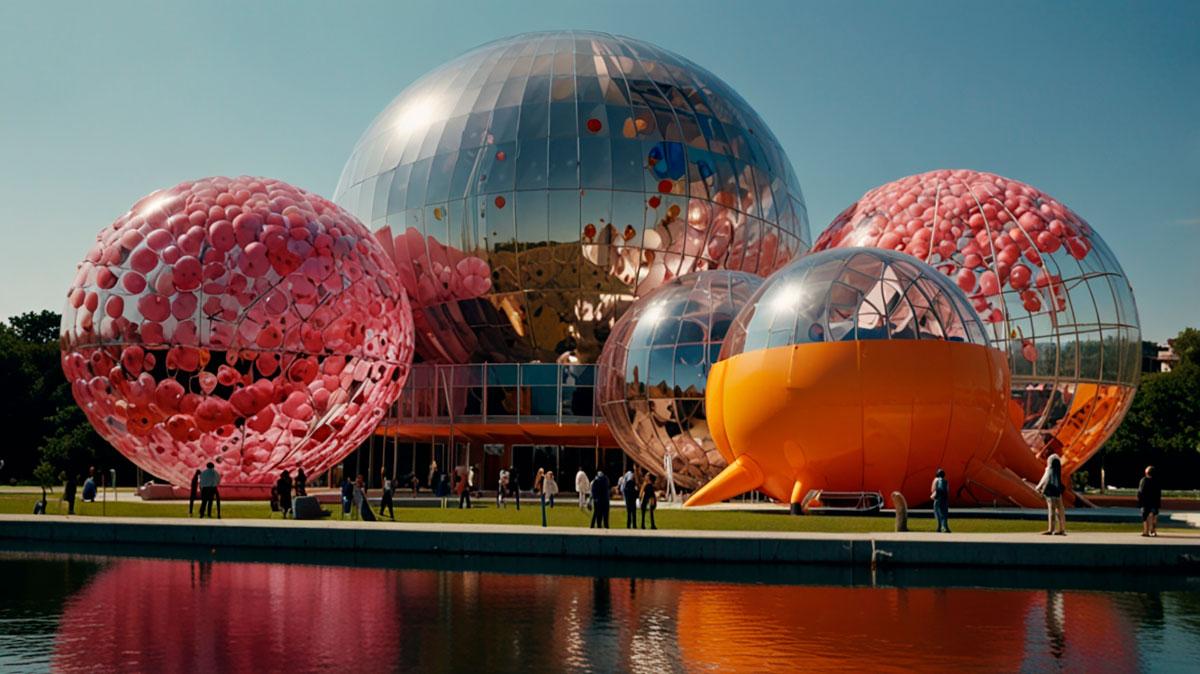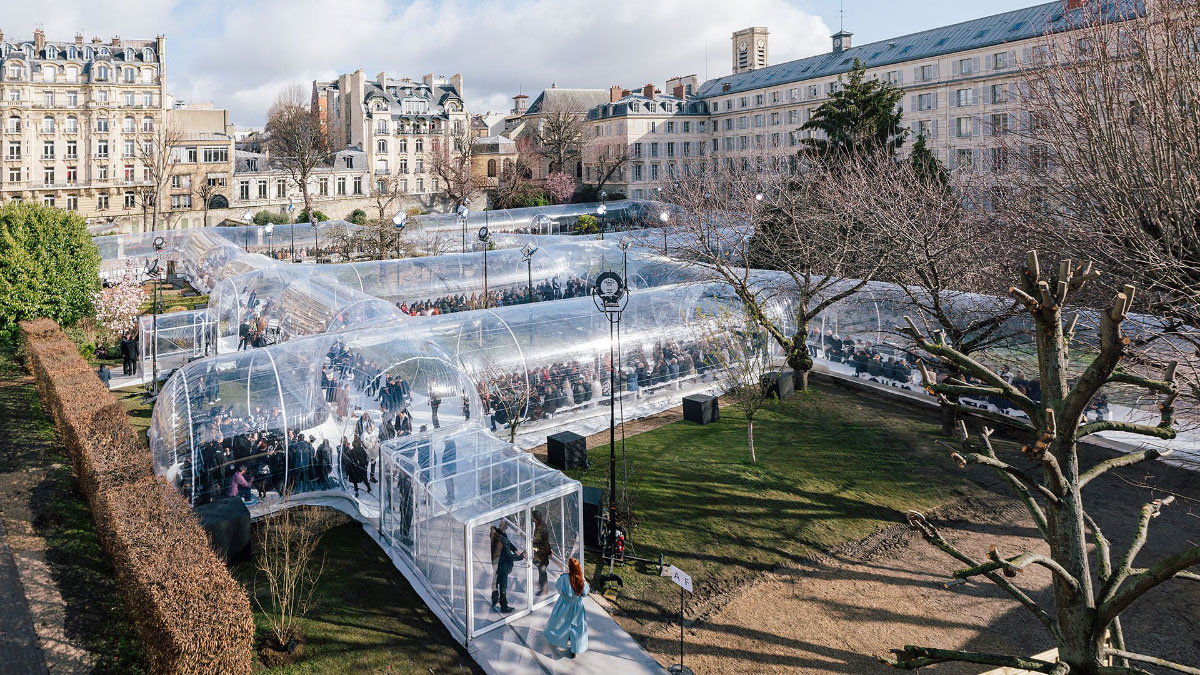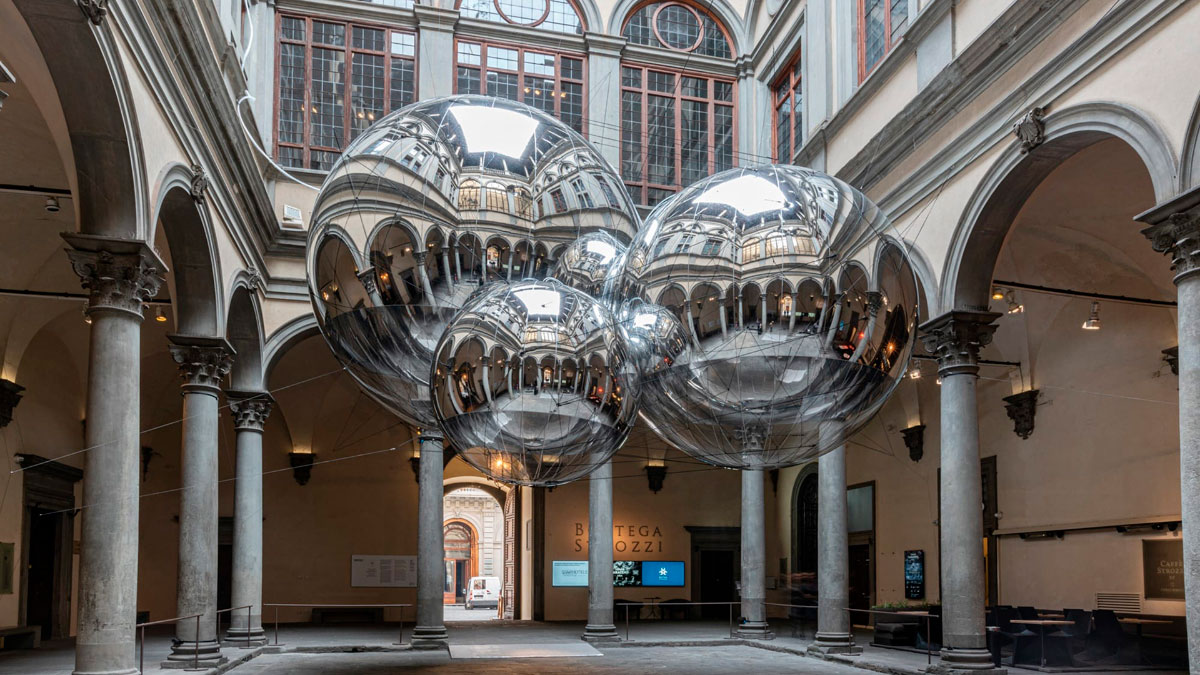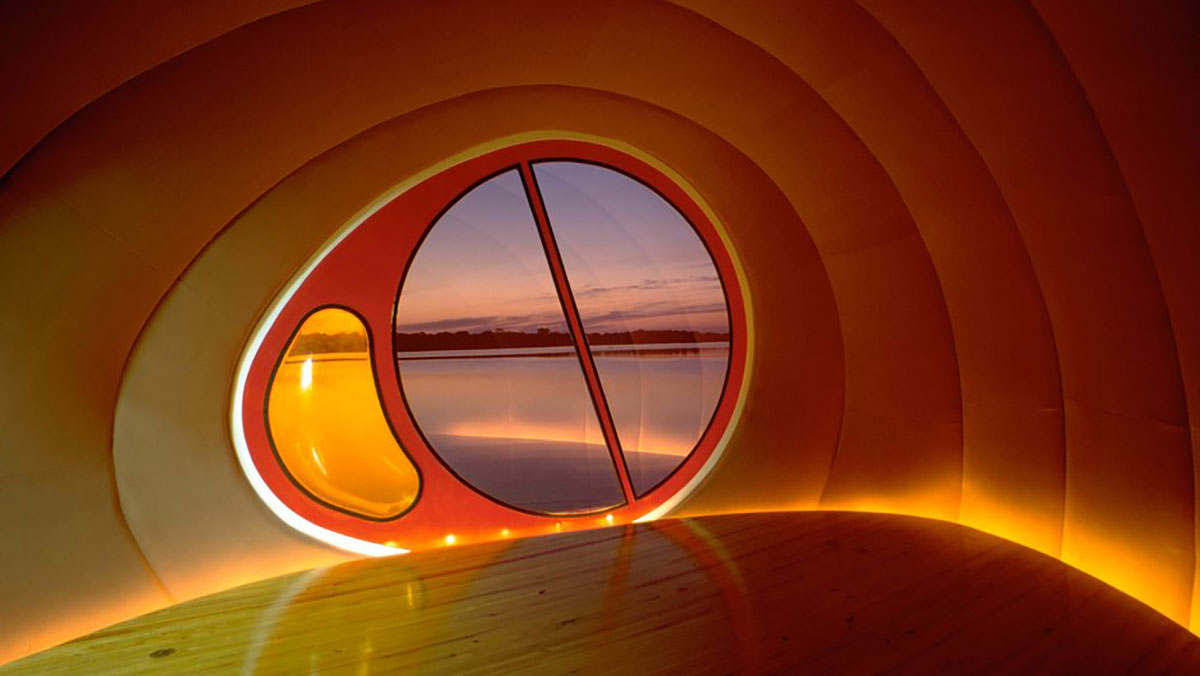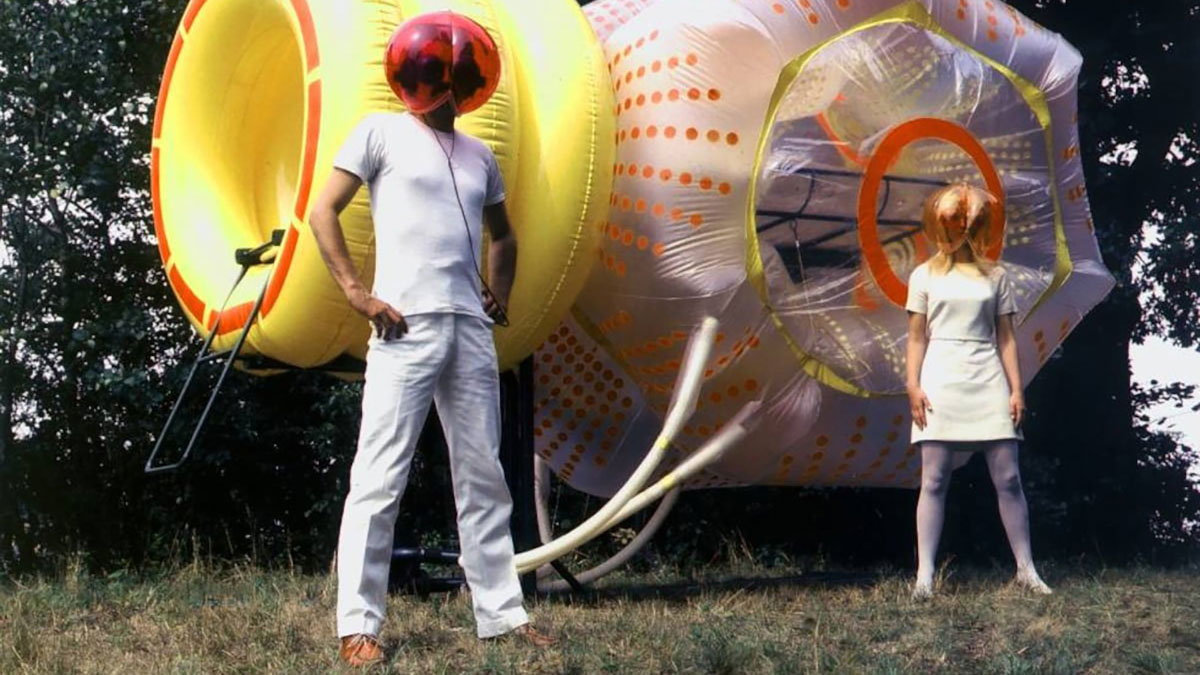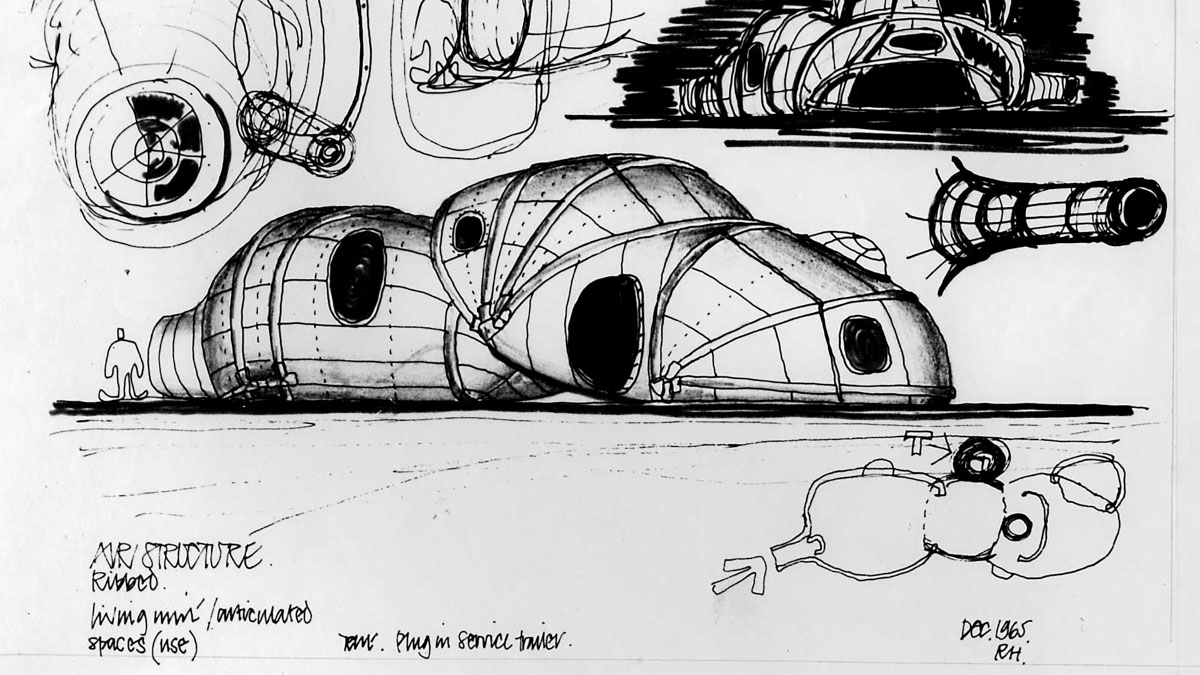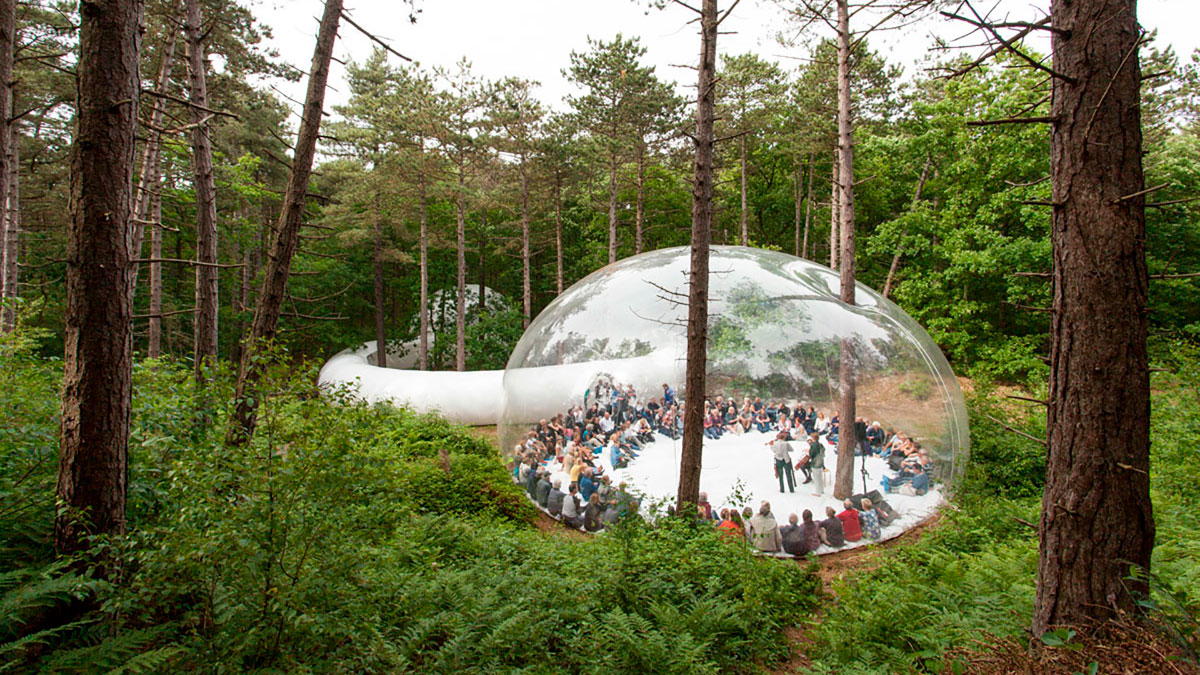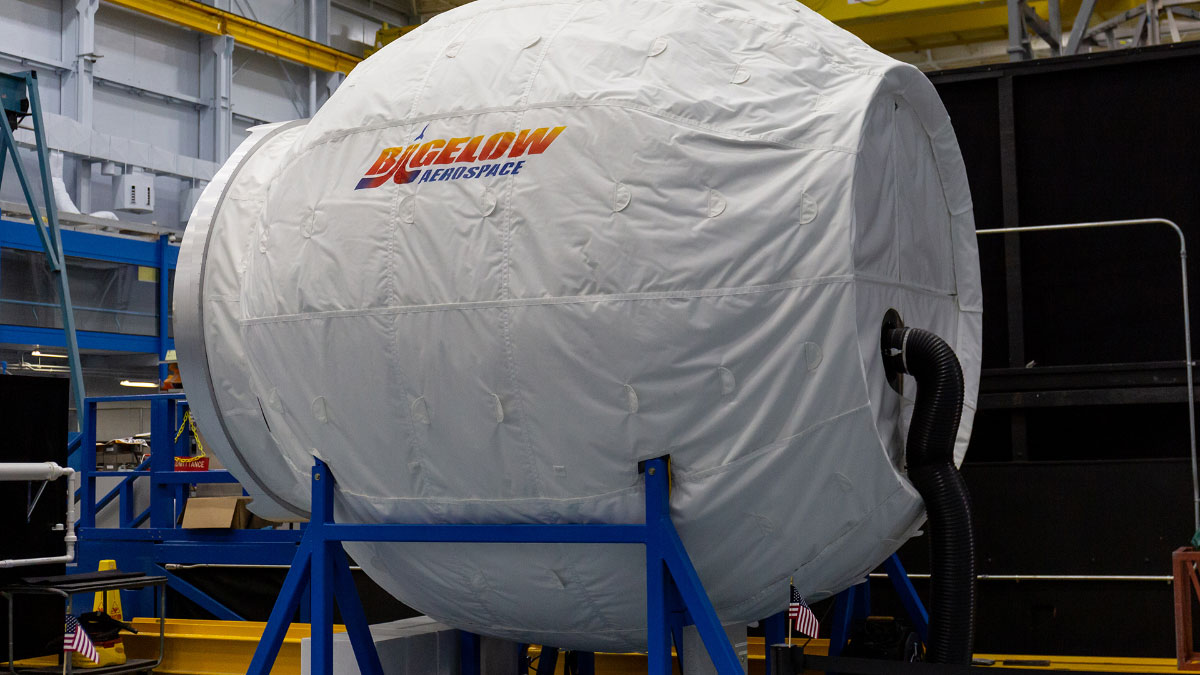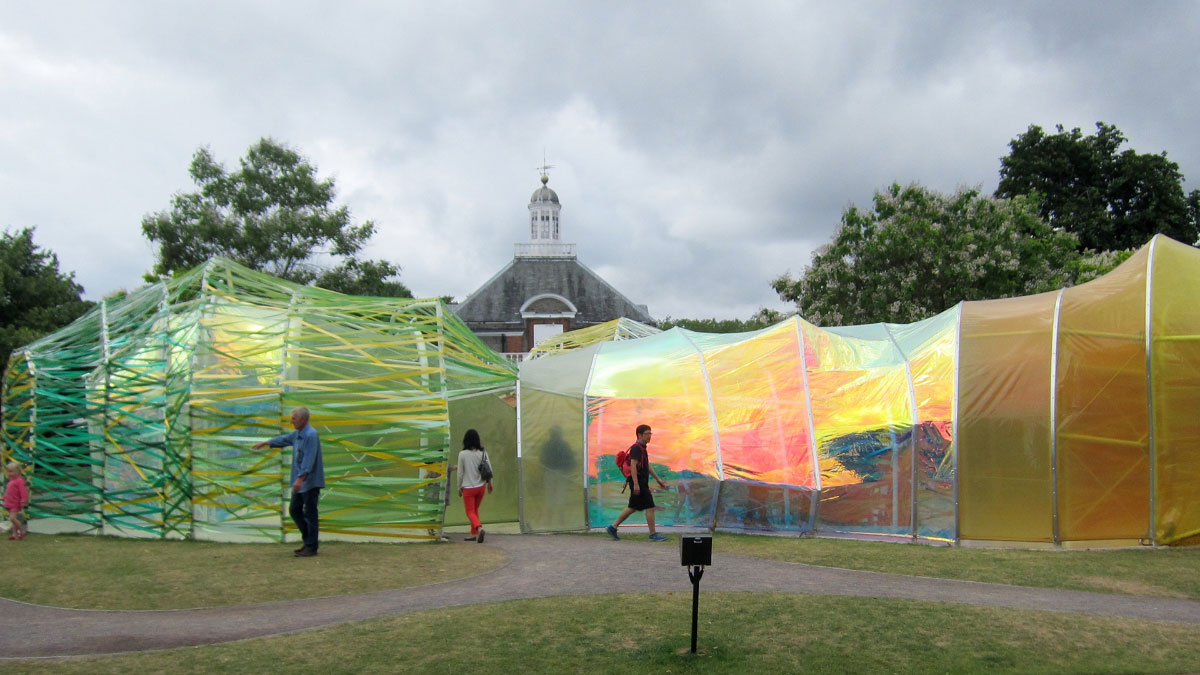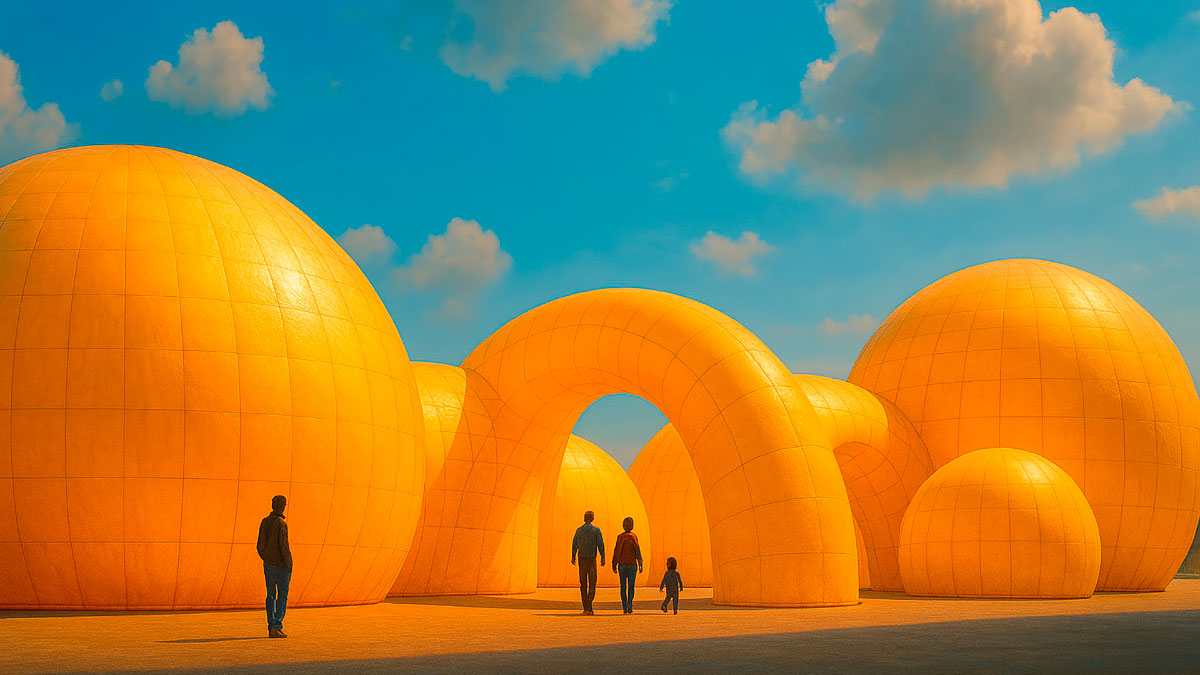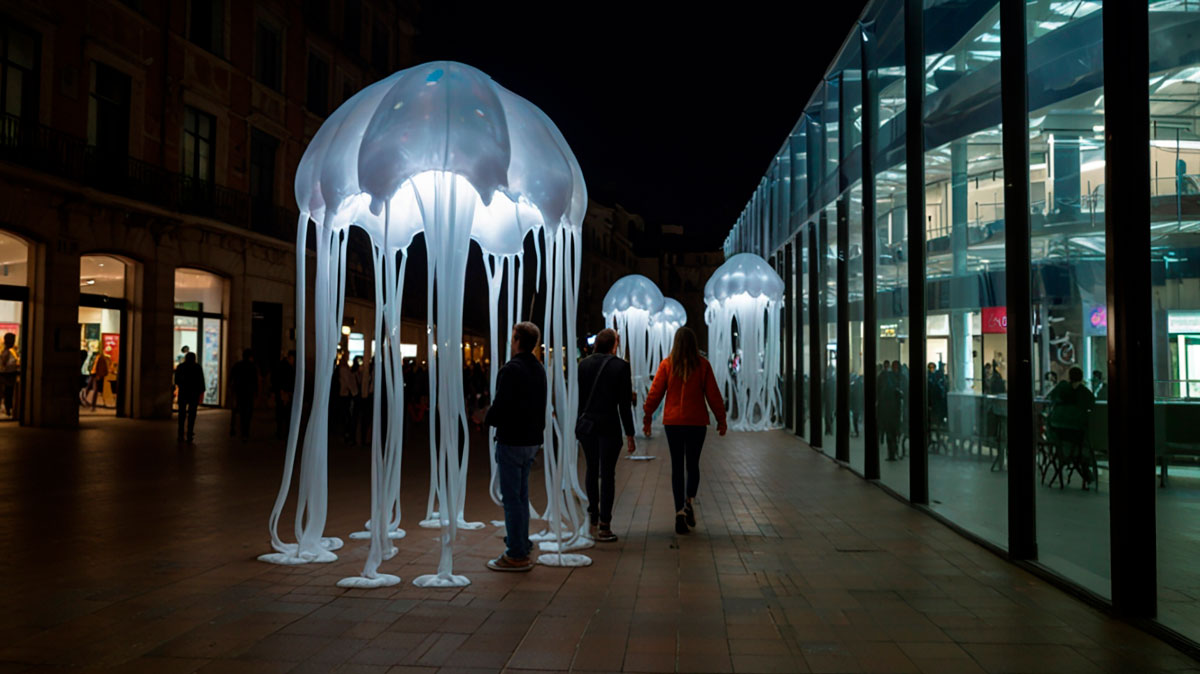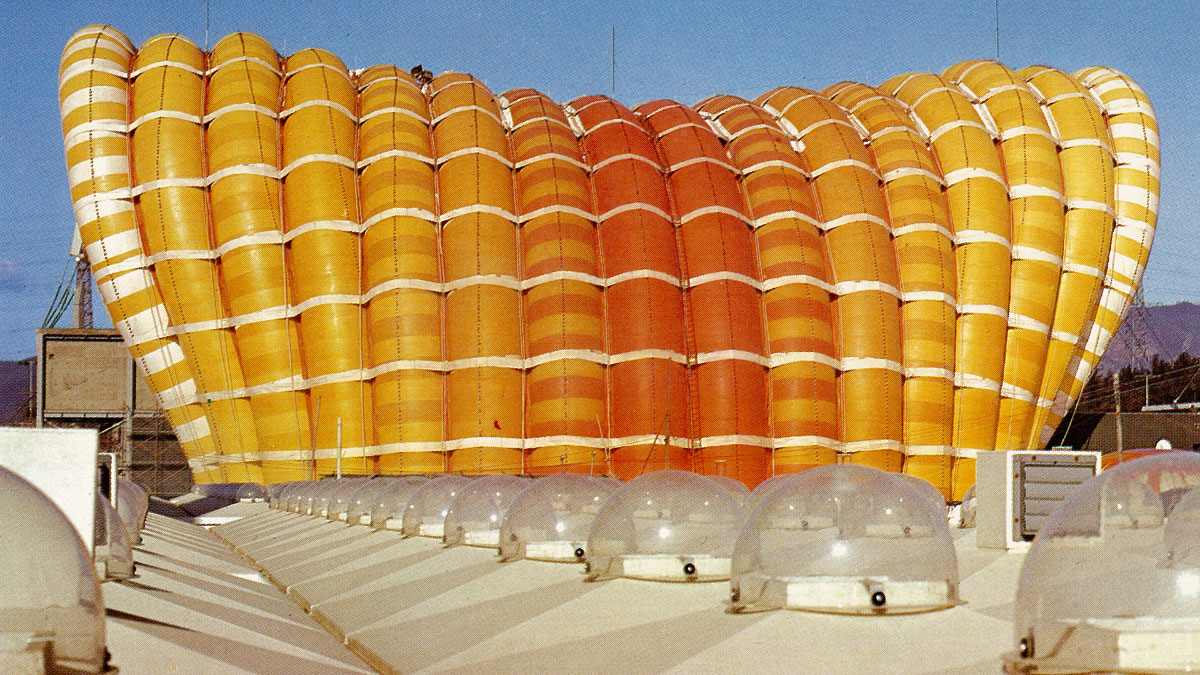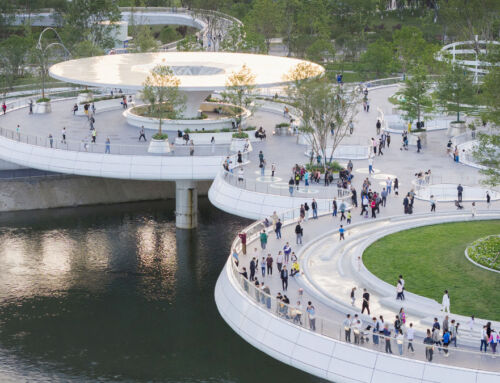It doesn’t weigh tons, nor does it drive its foundations into the earth, or defy the centuries, yet it transforms space with the poetic fleetingness of a bubble floating in the air. Can you solve the riddle? Never mind, let’s agree to call it “inflatable architecture”. By this we mean the creation of inflatable buildings and structures, however light and temporary they may be.
Inflatable architecture was born out of a duality: to fulfil a practical function, as in the case of NASA’s inflatable modules, military camps or field hospitals, which are erected in minutes; and also as a cultural response, more or less visionary, of 1960s collectives to social issues – such as Archigram, Haus-Rucker-Co or Ant Farm. They imagined pneumatic cities in their eagerness to question the established order, when they asked themselves why architecture should be heavy and permanent, why it should not be light, mutable like a sigh?
Today, however, inflatable architecture responds to contemporary problems: in refugee camps, inflatable structures provide immediate shelter. However, they are often also part of recreational and cultural projects in cities, where inflatable pavilions transform squares into cultural and interactive spaces – as in the case of Plastique Fantastique’s “bubbles”, or Air Tree, Pipeline, Second Dome and other DOSIS projects.
The construction and design of inflatable structures is a way of making architecture an intense and brief event, like a flash of lightning. It does not leave debris or bind future generations with the weight of the obsolete, but fulfils its function, deflates, folds up and disappears. The space it occupied returns to pure potential, ready for the next intervention. In this way, inflatable architecture proposes a path of its own: to celebrate the transitory, to embrace what is light, to find beauty in what is destined to disappear.
By Manolo Barberá, Senior Hydraulic Modeller in the Architecture Department of Amusement Logic


